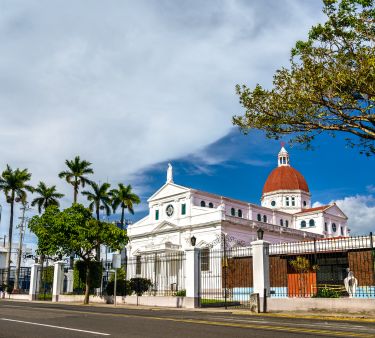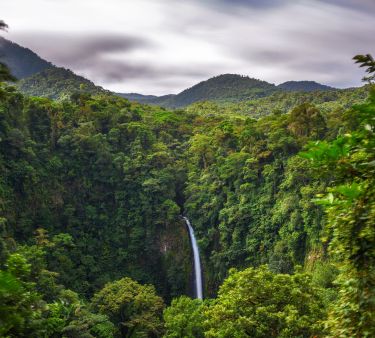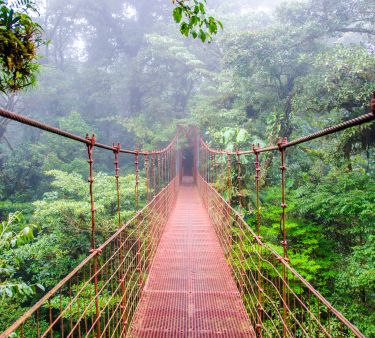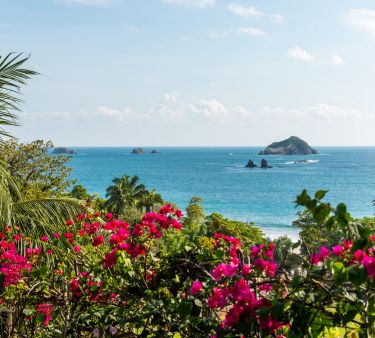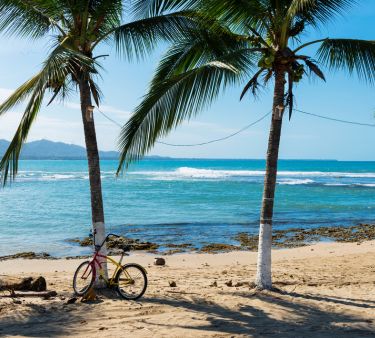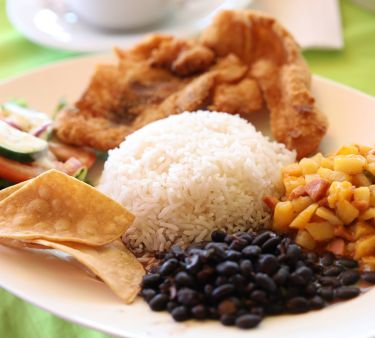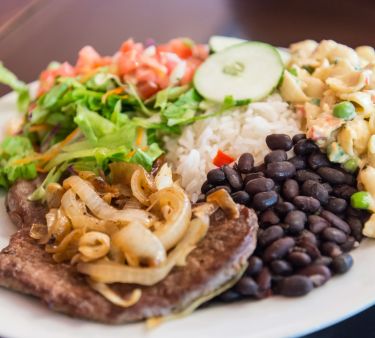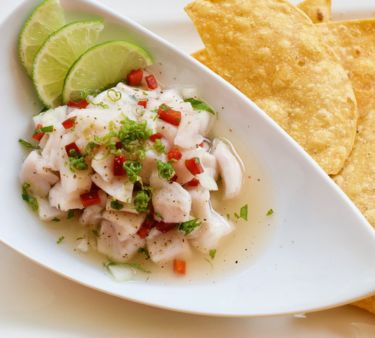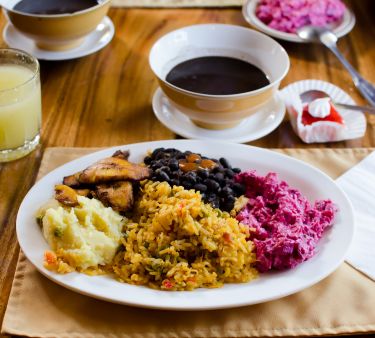
Costa Rica
As a country celebrated for its lush rainforests, stunning coastlines, and rich biodiversity, Costa Rica promises an adventure that transcends the ordinary. It’s not merely a travel destination, but a gateway to experiences that nourish the soul, invigorate the body and strengthen family bonds. With its commitment to environmental preservation and sustainability, Costa Rica stands as a beacon for eco-conscious travelers and adventure enthusiasts alike.
Why Visit Costa Rica
Costa Rica’s allure lies in its diverse ecosystems, friendly locals, and the myriad of activities that cater to wellness enthusiasts and families in search of adventure. This country offers an unparalleled blend of relaxation and excitement, set against a backdrop of extraordinary untouched wilderness. Here are the top activities to do in Costa Rica:
- Ziplining in Monteverde or Arenal: Experience the thrill of soaring over the cloud forests or rainforests. These regions are home to some of the longest and most exciting zipline courses in the world.
- Exploring National Parks: Costa Rica’s national parks are treasure troves of biodiversity and adventure, offering a variety of activities within their lush confines.
- Surfing in Tamarindo, Jacó, or Santa Teresa: With its Pacific and Caribbean coasts, Costa Rica is a surfer’s paradise. These towns offer waves for beginners and advanced surfers alike.
- Snorkeling and diving in Cahuita or Manuel Antonio: Swim alongside Costa Rica’s rich marine life in these clear waters.
- Whitewater rafting on the Pacuare River: Rated one of the top rivers in the world for rafting, the Pacuare River offers thrilling rapids through the heart of the Costa Rican jungle.
- Learning to cook Costa Rican cuisine: Cooking classes will teach you to prepare traditional Costa Rican dishes. This is a delicious way to get to know the local culture.
- Kayaking or stand-up paddleboarding: This is a peaceful way to explore Costa Rica’s beautiful waterways, whether in the ocean, on a lake near Arenal Volcano, or through the mangroves of the Damas Island estuary.
- Visiting indigenous communities: Learn about the rich cultural heritage of Costa Rica’s indigenous peoples, including the Bribri in Talamanca or the Boruca in the south.
- Birdwatching: With over 900 species of birds, Costa Rica is a birdwatcher’s paradise. The Quetzal is one of the most iconic birds.
- Horseback riding on the beach or the mountains: Exploring on horseback offers a unique perspective of the country’s diverse landscapes.
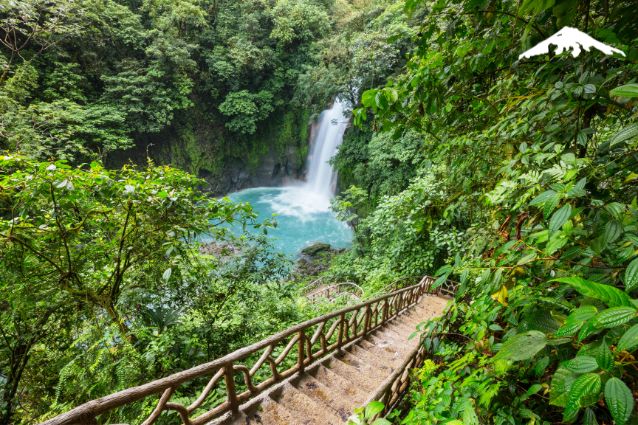
Hiking to waterfalls in Costa Rica is quite rewarding.
What Sets Costa Rica Apart?
Costa Rica is renowned for its impressive natural beauty, extensive biodiversity, and commitment to conservation. This country is a paradise for eco-tourists and adventure seekers alike. Home to lush rainforests, stunning beaches, and active volcanoes, it offers visitors an unparalleled opportunity to explore the outdoors. With its well-established system of national parks and protected areas, Costa Rica is a leader in eco-tourism. This is a haven for wildlife enthusiasts to observe exotic animals like sloths, monkeys, and a variety of tropical birds in their natural habitat.
Costa Rica’s Nicoya Peninsula is celebrated as one of the world’s Blue Zones—a rare area where the environment and lifestyle foster extraordinary longevity and well-being. Lush with vibrant forests and surrounded by the pristine Pacific, this serene region naturally promotes a healthier, stress-free lifestyle.
Locals live with a deep sense of purpose, enjoy strong community ties, and consume a diet rich in organic, locally sourced foods, contributing to their famed longer, healthier life. Visitors to this Blue Zone can immerse themselves in its rejuvenating qualities through guided wellness retreats, yoga overlooking the ocean, and nutrition workshops highlighting ancestral, life-enhancing traditions.
Planning Your Costa Rica Holiday
What languages are spoken in Costa Rica?
The official language is Spanish.
Where is Costa Rica located?
Costa Rica is located in Central America, bordered by Nicaragua to the north, the Caribbean Sea to the northeast, Panama to the southeast, and the Pacific Ocean to the southwest.
What is the weather like?
It is tropical year-round, due to its proximity to the equator.
What is the currency?
The Costa Rican colón (plural: colones), abbreviated as CRC (₡).
Is Costa Rica safe?
This country is widely considered a safe destination for tourists, with lower crime rates compared to other countries in Central America.
What is Costa Rican culture like?
It is a fascinating mix of indigenous heritage, Spanish colonial influence, and elements from other immigrant cultures.
What is the time zone in Costa Rica?
Central Standard Time (CST), which is 6 hours behind Coordinated Universal Time (UTC-6).
How long does it take to fly to Costa Rica from the USA?
Flying from the United States to Costa Rica can take anywhere from 3 hours from cities like Miami or Houston, up to 7 hours from more distant locations such as New York or San Francisco.
How much should I tip in Costa Rica?
A tip of around 10% is acceptable for good service in a restaurant in Chile. Guides and drivers will also appreciate a tip. Your country specialist can advise on appropriate amounts.
Is it a friendly country?
Yes, Costa Rica is widely recognized as a friendly country, both in terms of its welcoming locals and its overall atmosphere. This reputation is a key factor in its popularity as a travel destination.
Do I need a visa to visit Costa Rica?
Entry to Costa Rica has been opened to tourists from all countries. All tourists must comply with the immigration processes established in the General Immigration and Aliens Act (Ley General de Migración y Extranjería).
What are the requirements to enter Costa Rica?
A valid passport or travel document. These will only be accepted if they can be read electronically, in line with the guidelines established by the International Civil Aviation Organization (ICAO), and must be valid for the period outlined there.
What are the requirements for minors?
Costa Rica has strict requirements for the entry and exit of minors under the age of 18 to prevent international child abduction. Even if traveling with both parents, evidence of the relationship to the child, such as an original birth certificate, may be required.
Must-Visit Cities
Rebecca’s bucket-list destinations
What To Eat in Costa Rica
When Is the Best Time To Visit Costa Rica?
The best time to visit Costa Rica varies by region due to its diverse climates. Here’s a general guide:
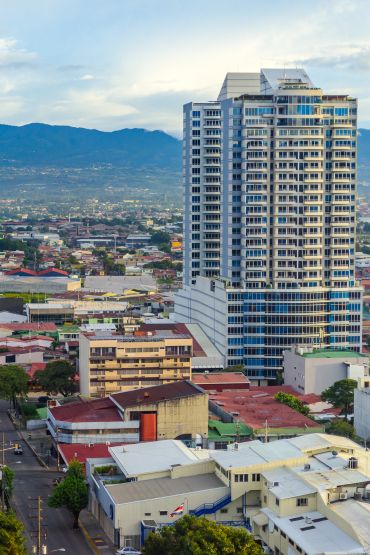
Including San José and surrounding areas
Best time to visit:
Mild temperatures year-round. The dry season (December-April) is ideal.
Travel tip:
Avoid the summer months (December to February) if possible, as it can be very hot, especially in Santiago and the central valleys.
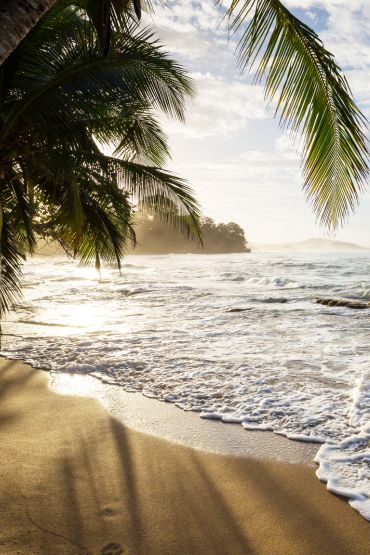
Best time to visit:
Between August and October, for drier weather and clearer skies.
Travel tip:
The rest of the year can be unpredictable with rain, but it’s less crowded.
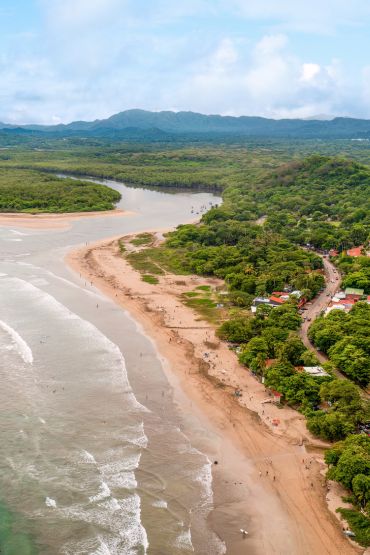
Including the Guanacaste and Nicoya Península.
Best time to visit:
During the dry season (December-April) for beach and surf conditions.
Travel tip:
The rainy season (especially September and October) can cause potential access issues.
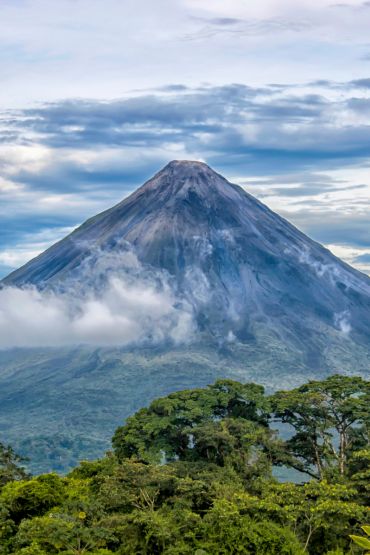
Arenal Volcano Area
Best time to visit:
May-October for greener landscapes and fewer crowds.
Travel tip:
Peak tourist season brings large crowds.
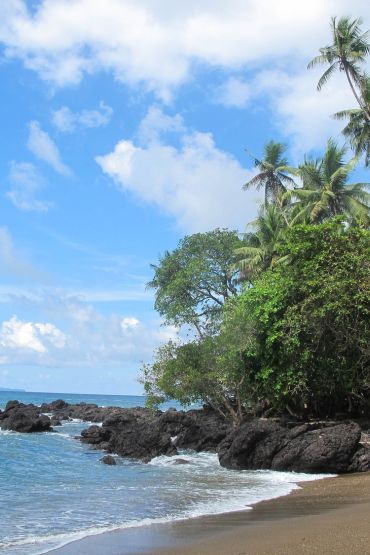
Osa Península
Best time to visit:
Dry season (December-April) for wildlife spotting and hiking.
Travel tip:
Heavy rainy season (September and October) can limit accessibility and outdoor activities.
Build Your Own Trip
You can contact us to create your own customized trip. If you have any special requests, like a private tour, a honeymoon, a family trip, or a very short tour, our destination experts will be happy to help you!


